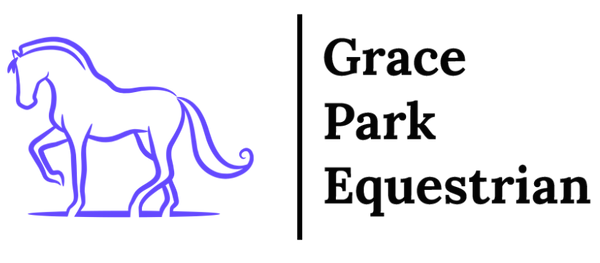Horse ownership is a beautiful and rewarding experience. However, it also comes with great responsibility. As a horse owner, you are responsible for providing your horse with primary care. This includes feeding, watering, grooming, and exercising your horse. In this blog post, we will go over the basics of horse care so that you can be prepared to take on this vital role. Thank you for being a responsible horse owner!
The importance of hoof care.
Hoof care is an essential part of keeping horses healthy and happy. Neglecting hoof care can lead to long-term consequences such as lameness, joint pain, and severe hoof disease. Therefore, these owners need to have their horses' feet regularly inspected by a qualified farrier or veterinarian who can recognize and address any potentially serious issues quickly and efficiently. Proper hoof care starts with regular trimming and shaping of the hoof wall and sole to keep the foot balanced; this helps maintain proper joint alignment, foot function, and comfort for the horse. Implemented regularly, detailed hoof care will ensure that your horse's feet remain strong and healthy over time.
How to brush a horse.
Grooming a horse regularly is an essential part of horse care. Brushing helps to remove dirt, dust and loose hair from the coat, as well as helps to distribute the natural oils throughout the skin for a healthy shine. When brushing your horse, you should use a soft, flexible, bristled brush in long, even strokes along their body. It is best to brush 'with the lay of the fur – in the direction it grows – as this will increase blood circulation and stimulate skin health. After using the body brush, use a softer brush or cloth on the mane and tail to thoroughly groom them. Finally, never forget to inspect your horse while grooming; check both sides of their feet for stones or debris that may have been caught up in the hooves. A thorough brushing keeps your horse looking great and ensures its health and well-being!
What kind of food do horses eat?
Horses require specific diets filled with fibre and low levels of sugar. Hay, pasture grass, and concentrate feed are the main components of a nutritious diet for horses. Hay is a good source of fibre to help keep the digestive system healthy, while pasture grass can provide a variety of vitamins and minerals when available. Concentrate feed is grain-based and packed with nutrients such as proteins and fats. Along with hay, pasture grass, and concentrate feed, horses may also enjoy treats such as apples, carrots, green beans or baled oats that should be given in limited quantities to maintain a healthy diet. It's essential to consult a veterinarian or equine nutritionist on the best diet for your horse to ensure they stay in optimal health.
How often should you exercise a horse?
Horse care is essential to ensure your horse remains healthy, happy and has optimal performance. Regular exercise is one of the most critical components of horse care. Depending on the type of horse and how hard it is being used or trained, horses should exercise anywhere from 4 to 6 days a week for an average of 45 minutes each session. Horses that are idle or lightly worked can maintain fitness with fewer workouts. Your veterinarian can recommend specific guidelines for your particular horse's needs. With regular exercise, your horse will reap health benefits such as improved physical condition, enhanced digestion and better mental alertness and energy.
How to tell if a horse is sick.
It is essential to take note of any changes in your horse's behaviour or habits, as this could indicate that they are not feeling their best. For example, pay attention to their eating habits, especially if they lose their appetite, appear excessively tired, or display behavioural changes such as restlessness. A muzzle thermometer can also help detect if your horse has a fever - anything over 101°F is generally caused for concern. Other signs of a sick horse include excessive sweating and loss of weight. Swollen limbs or eyes may indicate infection, while difficulty breathing could indicate heart problems or other conditions. If you notice any of these symptoms, you must consult your veterinarian, who can diagnose the issue and provide the necessary treatments.
Basic first aid for horses.
Taking care of horses is an essential responsibility for any owner, and knowledge to provide basic first aid to an injured animal is necessary. Basic first aid for horses includes a variety of actions, such as stopping the bleeding from a wound, cooling down a feverish horse, safely lifting and transporting an incapacitated horse with a sling or stretcher and administering necessary medications. Taking proper safety precautions while tending to the animal is critical; using thick gloves and extra caution to avoid getting kicked or bitten is vital in preventing further injuries. Owners should be prepared with items like clean bandages, ointment, cold water, saline solution and plenty of extra towels in case the horse needs medical attention. Identifying concerning behaviours such as lameness, head shaking, or other signs of injury can help owners take proactive steps to ensure their horses receive necessary care.
Basic care is essential to the health and well-being of your horse. Regular brushing, cleaning, and trimming will help prevent problems like thrush, abscesses, and stone bruises. A healthy, fibre-rich diet is essential for adequately functioning a horse's digestive system. Proper exercise is also key to maintaining your horse's health. Finally, monitor your horse for signs of illness or injury and consult a veterinarian if you have any concerns. Your horse can enjoy a long and healthy life with proper care and attention.

